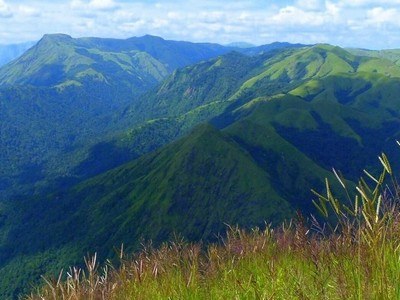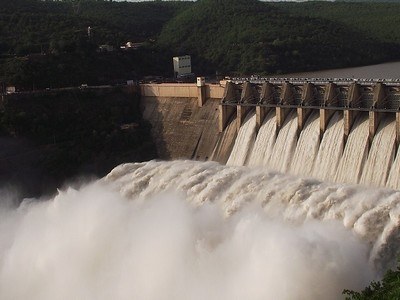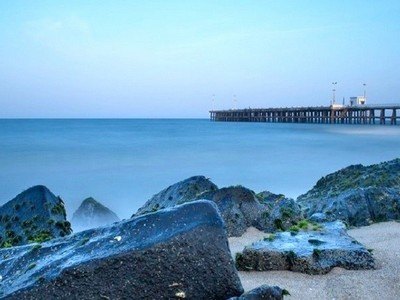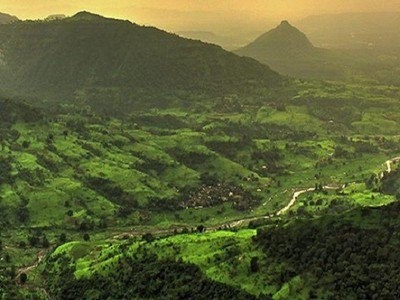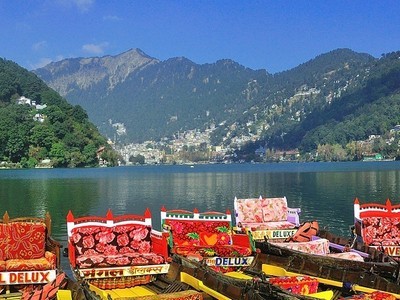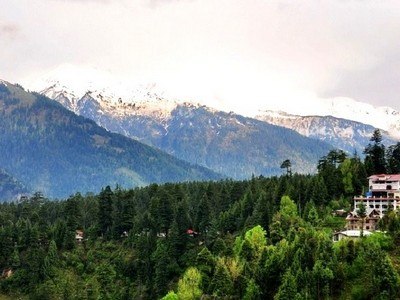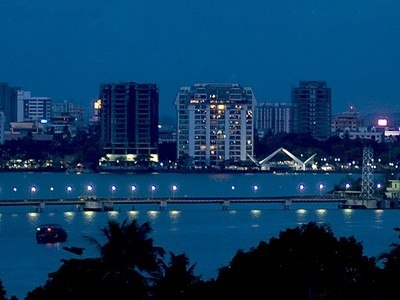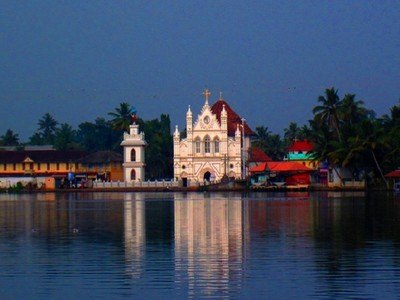About Bhuleshwar Temple
At a distance of 11 Km from Yawat, and 52 Km from Pune, the Bhuleshwar Temple is an ancient Hindu shrine perched on a hill near the village of Malshiras in the Pune district of Maharashtra. This temple, dedicated to Lord Shiva, is recognized as one of the oldest in the area and among the most popular
places to visit near Pune. The temple holds considerable mythological and historical importance and is also known for its remarkable architecture. It has been designated as a protected monument and is preserved by the Archaeological Survey of India.
History of Bhuleshwar Temple
According to the Hindus, the temple was built by Panch Pandavas. The temple is said to have been built in the late 12th century or early 13th century AD during the reign of King Mahadeva or King Ramachandra of the Yadava dynasty. The exact period remains unknown. The temple is located on a fort known as Daulatmangal Fort, which is also sometimes called Mangalgad. This fort was built in 1629 by Murar Jagdev Pandit, a general of the Adilshahi dynasty, who looted Pune in 1630 and subsequently erected the fort to oversee the city. In the 17th century, the Mughals attempted to attack the temple with the intention of destroying it; however, their efforts were thwarted by the forces of Shivaji Maharaj, who ensured the temple remained unharmed. Later, in the 18th century, the Adilshahi troops made another ...
...read more







